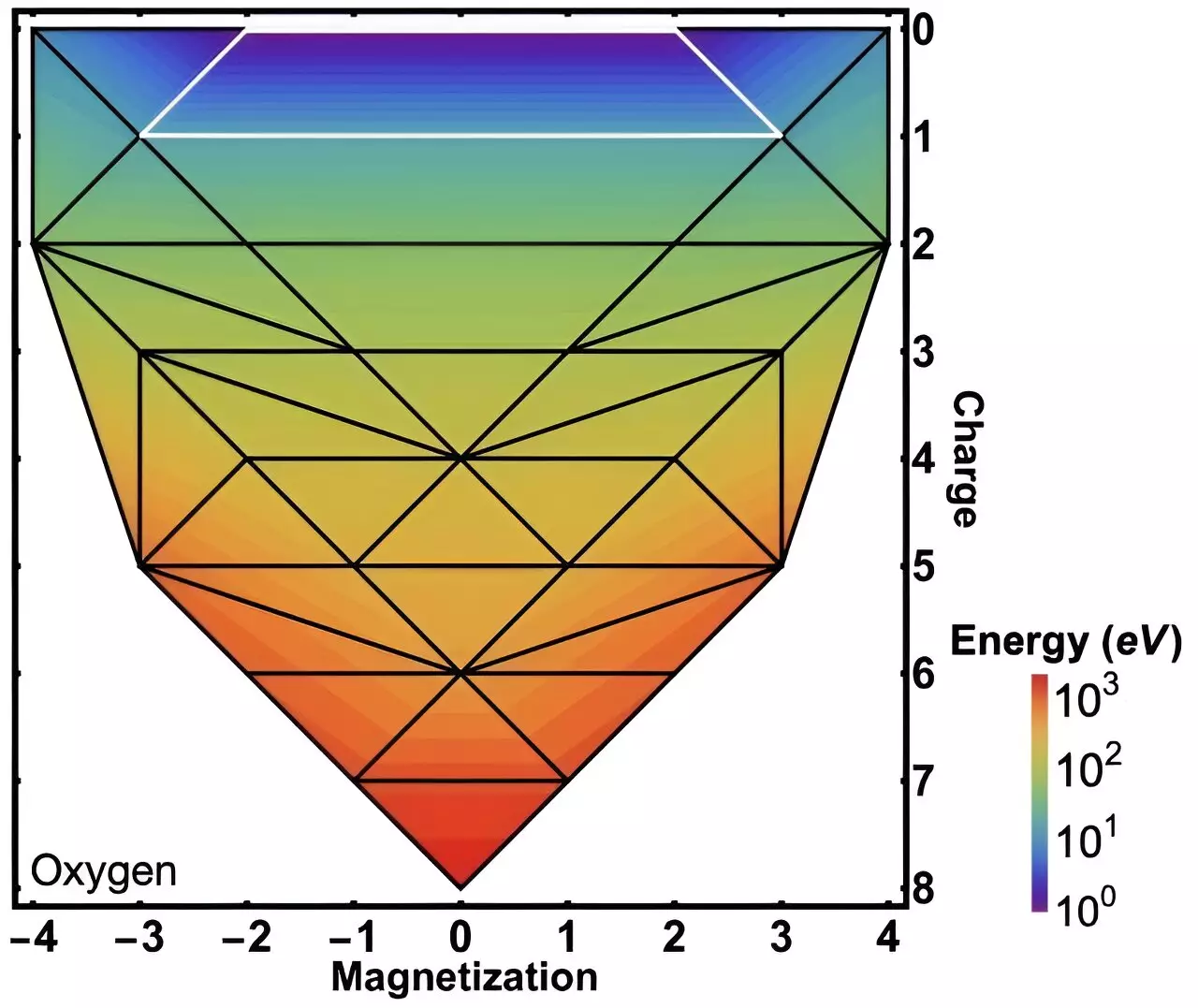A groundbreaking revelation in quantum mechanics is poised to reshape our understanding of material science. An international team of physicists, led by Andrew Burgess at Trinity College Dublin, has unveiled new theorems that delineate the “energy landscapes” of quantum particles. This work comes at a pivotal time when the need for advanced materials to support green technologies is more pressing than ever. The recently published findings in the journal Physical Review Letters address long-standing queries and chart a course toward remarkably accurate computer simulations of materials.
This innovative endeavor, spearheaded by an interdisciplinary group of experts, illustrates the potency of collaboration in unlocking the intricacies of quantum phenomena. The development hinges on a deep comprehension of how interactions in particle systems adapt with changes in magnetism and particle count. By charting these energy landscapes, the researchers offer a fresh lens through which scientists can refine material design.
Bridging the Gap Between Theory and Real-World Applications
The intersection of theoretical physics and applied science has fueled advancements in material simulation for decades. The new theorems build on a lineage of research that dates back to the early 1980s, extending our grasp of quantum mechanics while simultaneously bridging the gap between abstract theory and tangible applications. This research not only offers insights into the behavior of individual particles but provides crucial information that can guide experimental setups in material development.
As the study progresses, it gives rise to the potential for creating revolutionary materials aimed specifically at enhancing green technologies. Industries focusing on renewable energy, such as solar panel manufacturers or companies developing next-generation catalysts, stand to benefit immensely from the knowledge gleaned from this research. The enhanced accuracy in simulations allows these sectors to make more precise predictions, leading to innovative breakthroughs in energy efficiency.
The Mathematical Visualization of Quantum Energy Valleys
Dr. O’Regan provides a vivid analogy to illustrate the team’s discoveries, describing a steep-sided valley where the terrain is resembling angular tiles, akin to graphics from retro arcade games. Within this visual metaphor, the height signifies the energy states of isolated collections of particles such as molecules. By navigating this valley—ascending to alter the number of electrons or traversing sideways to manipulate their magnetism—the implications for material stability and interaction become readily apparent.
This geometric perspective simplifies the complexities of quantum equations and makes them more digestible for a broader audience, including applied scientists. However, while the imagery may make the research easily accessible, the underlying concepts remain intricate, reflecting the challenges that have historically hampered advancements in computational materials science.
The Impact of Enhanced Simulation Techniques
Historically, computer simulations of atomic-level interactions have been challenging due to the rigorous mathematics involved in quantum mechanics. Researchers have had to approximate these equations to keep computational costs feasible. With the integration of the newly discovered theorems, there is potential for a quantum leap in the development of simulation strategies.
The exploration of the energy landscape not only aids theoretical physicists but also provides practical insights for engineers and chemists working on complex materials. This cooperative synergy fosters a proactive environment where theoretical advancements are rapidly translated into real-world applications. Dr. Linscott emphasizes the tangible benefits these improved models bring, remarking that understanding the energy geography can help solve pressing global challenges, from efficient energy conversion to smart materials for diverse applications.
Quantum Mechanics as a Catalyst for Innovation
As we stand on the brink of revolutionary change in material science, it is essential to recognize the critical role quantum mechanics plays as a catalyst for innovation. The mechanisms behind atomic interactions possess the potential not only to redesign our approach to energy use but also to influence myriad fields ranging from chemistry to electronics.
For instance, when a battery discharges energy, the fundamental shifts in atomic magnetism and particle count align with the previously mentioned energy valley. Here, this metaphorical descent mirrors the energy output, providing both clarity and depth to understand practical applications stemming from quantum theories. It reveals an interconnectedness between abstract theory and practical, result-driven methodologies.
The journey toward refining materials for sustainable technology is both an exciting and urgent endeavor. As researchers push the boundaries of quantum mechanics, they remain fueled by the knowledge that each theoretical leap forward potentially translates into meaningful, real-world solutions for some of the greatest challenges we face in energy consumption and resource management.


Leave a Reply